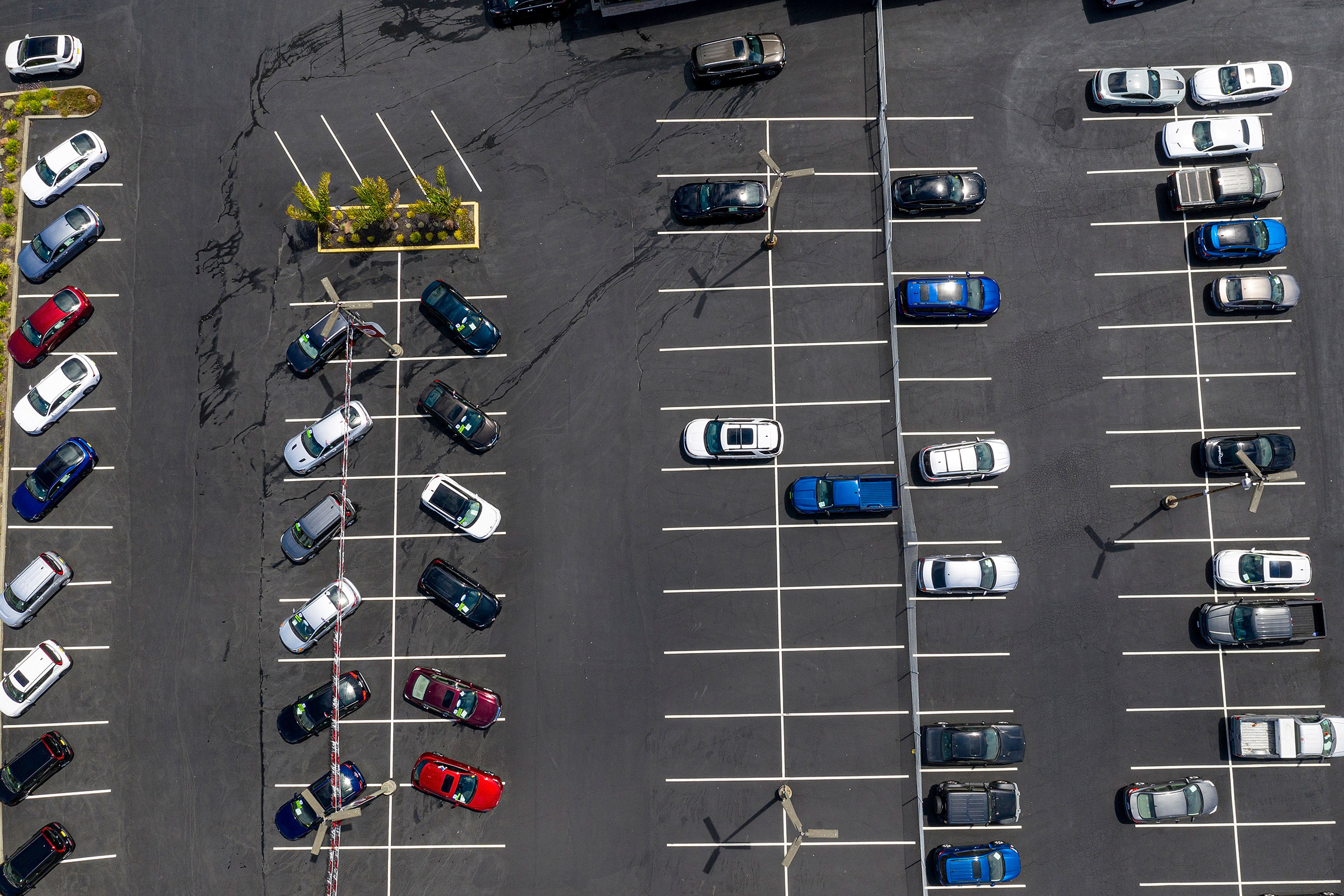
Many Americans got a case of sticker shock when they went to buy a new car last year. That might have been bad enough on its own, but Russia’s invasion of Ukraine means there’s more of the same to come, experts say.
“New vehicle prices will be pushed up even higher and there doesn’t appear to be any relief in sight,” says Garrett Nelson, North American Auto industry analyst at CFRA. “All the momentum is to the upside.”
The average cost of a new car surged 13% last year. And this year car-shoppers can expect prices for new cars in the U.S. to rise by at least 10 percent, but possibly as high as 20 percent, as auto manufacturers pass on the cost increases to consumers, Nelson says.
And there seems to be no escape for people on a budget, as the used-car market saw prices rising 40% last year.
Buy now
Bottom line: If you really need a new ride, buy now or risk paying much more money later.
At least part of the matter comes down to cost increases for vital car-making materials, for which we can somewhat blame Russia’s invasion of Ukraine. The former is a significant producer of many key commodities—including nickel, palladium, and aluminum—required by auto manufacturers. The worry is that U.S. and European sanctions and Russian export bans might make such resources less available, which has led speculators to bid up prices even before shortages have manifested.
Inflation in the materials sector, which was already jumping this year and last, is getting worse. Prices for palladium, aluminum, and steel – all vital for automakers – are up 61%, 25% and 40%, respectively so far this year. Others have surged too.
Nickel triples
Russia’s economy might be relatively small but it packs a punch in the metals market. It is the world’s third largest producer of nickel, an important ingredient in the manufacture of stainless steel and electric vehicle batteries. The metal’s already high price tripled between Tuesday and Wednesday to hit more than $100,000 per metric ton. Part of the reason for the surge was due to a so-called short squeeze where traders who were betting on a price decline decided to exit their positions. An initial lift in prices likely triggered losses for the short sellers and forced them to buy back futures contracts they’d previously sold, propelling prices higher. However, a fundamental reason for costly nickel is the worry that supplies of the metal will get interrupted, a concern that likely won’t disappear overnight.
Russia is also a key global supplier of palladium, aluminum, and semiconductor-grade neon gas. These are used to make catalytic converters, auto parts, and computer chips, respectively. And in some cases, there were supply shortages before the invasion of Ukraine.
“Aluminum was already in deficit before the Russia-Ukraine crisis due to a production halt in one of the largest Chinese factories,” writes Nevine Pollini, a senior investment analyst at Syz Bank. Now with Russia as the sixth largest global exporter, there could be larger shortfalls. Chip production saw supply disruptions over the past two years as well.
“All these things happening in Russia are inflationary,” says Steve Chiavarone, senior portfolio manager, and equity strategist at Federated Hermes. These types of supply shocks can be absorbed by the global economy in a disinflationary environment, he says. However, we are very much in an inflationary environment due to factors that predate the conflict in Ukraine, including supply disruptions across the world that started during the COVID-19 pandemic and massive government spending to help prop up the global economy during 2020.
Shipping costs jump
Making matters worse for car-price inflation are increased transportation costs for seaborn container shipping. “Ninety percent of the imported goods Americans buy arrive in a container,” says Zvi Schreiber, international freight booking platform CEO Freightos Group. “It factors into every product you buy.”
Those products include auto parts which are manufactured across the world and then shipped to where the cars and trucks are assembled. The problem now is that there’s an extra cost manufacturers must pay in higher freight rates.
The price for a 40-foot container shipment from China/East Asia to the west coast of North America has risen more than 12-fold over the last two years, from $1,300 at the beginning of the pandemic to $16,000, according to Freightos data. That surge came not through decreased supply of ships or containers, but rather a jump in demand for many goods.
Shipping companies simply weren’t prepared for a 15% to 20% jump in U.S. imports, Schreiber says. “In fact, no part of the shipping system was designed for such a surge in demand.”
In short, the steady demand for new vehicles combined with current and future supply worries is increasing auto manufacturing’s cost base. And yes, they are likely to pass on those additional costs to you in the form of higher car prices.
More Must-Reads from TIME
- How Donald Trump Won
- The Best Inventions of 2024
- Why Sleep Is the Key to Living Longer
- Robert Zemeckis Just Wants to Move You
- How to Break 8 Toxic Communication Habits
- Nicola Coughlan Bet on Herself—And Won
- Why Vinegar Is So Good for You
- Meet TIME's Newest Class of Next Generation Leaders
Contact us at letters@time.com